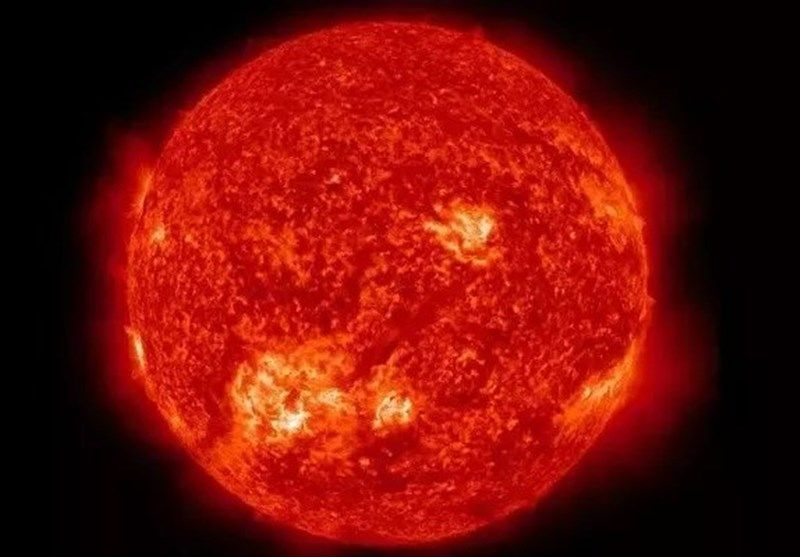One of the supergiant stars is losing its brightness for unknown reasons. Scientists are conducting research and believe that the reason is the eruption of a mass of particles that darken the light.

RW Cephei
Astronomers from the CHARA Array at the University of Georgia have obtained the first zoomed-in images of a massive star known as RW Cephei, which recently experienced a strange extinction event. The images provide new clues about what is happening around the massive star, located about 16,000 light-years from Earth.
Detailed images and observations, as well as intelligent algorithms created by the team of scientists, indicate a grand eruption of a gas cloud from RW Cephei, which blocked a large proportion of starlight.
Last year, scientists were surprised by the extinction of a huge star. It is an example of a “cold hypergiant” — a star that has grown to enormous size as it nears the end of its life. RW Cephei is so large that if it were located in the place of the Sun, its outer layers would reach the orbit of Jupiter.
Older stars show variations in luminosity that are associated with changes in their outer layers. Usually these changes are small, so scientists were amazed when astronomers Wolfgang Vollmann and Costantino Sigismondi announced that RW Cephei had dimmed dramatically over the previous few years. By December 2022, the brightness of the studied star had decreased to about a third of its normal brightness, which is an unprecedented drop. Scientists wanted to find out what caused such a strong eclipse.
Additional observations
The CHARA Array consists of six telescopes located at the historic Mount Wilson Observatory in California. The telescopes are placed on top of the mountain to act together as one huge instrument. The combination of their optical capabilities makes it possible to see the details of very tiny objects in the sky, about 30 times smaller than the largest of the usual “plates”.
CHARA observations have shown that the star does not have a regular shape. In order to make images with full detail, specialized computer programs were needed, created by Fabien Baron, associate professor of astronomy at the University of Georgia.
The final images show the luminary, on which the movements of the outer layers occur, creating smaller and brighter spots on its surface. In addition, the appearance of the star changed significantly over the 10-month observation period, which coincided with the transition from its weakest state to a slow recovery to its former brightness.
Grandiose flares
The final picture of the phenomenon was revealed thanks to additional observations of RW Cephei, which were made by Katherine Shepard, a graduate student at the University of Georgia at Apache Point Observatory in New Mexico. Shepard used a special camera to record the light coming from the star, from the visible to the infrared range, and these measurements showed that the attenuation was much greater in visible colors compared to infrared. This indicated that the starlight was obscured by microscopic clouds of dust that block the star’s visibility.
These observations together indicate that RW Cephei experienced a massive eruption, which released a huge cloud of gas. As the cloud moved away, it cooled and created swarms of dust particles that effectively blocked out a large proportion of the starlight. Now that the cloud is moving away, we begin to see the luminary and its restless surroundings again.
According to phys.org
Follow us on Twitter to get the most interesting space news in time
https://twitter.com/ust_magazine


